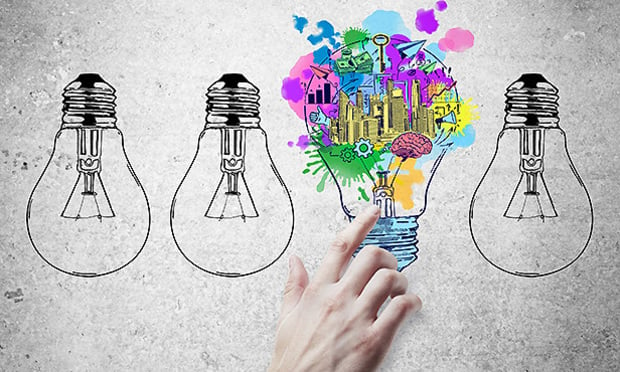Recent changes to the US Small Business Administration (SBA) 504 Loan Program have brought new attention to the opportunities available to potential borrowers. While many of these opportunities are well known throughout the debt community, one is often overlooked: the option to pursue LEED certification to qualify for an SBA 504 loan.
SBA's 504 program offers loans with low down payments and low, fixed long-term interest rates to borrowers with projects that will deliver certain public benefits, such as job creation and a number of community development goals. But what if the project seeking funding doesn't meet the mandatory job creation objectives? Is an SBA loan out of the question? Not necessarily. A number of recent changes to the SBA criteria, effective as of January 1, have highlighted some lesser known green public policy goals that enable borrowers to forego this requirement. A simple 3rd party LEED assessment and commitment to LEED certification now offers all potential borrowers a straightforward way to qualify for an SBA 504 energy loan without having to meet the job creation requirements.
Public Policy Goals: The Green Option
SBA 504 includes a number of community development and public policy goals which, if fulfilled, exclude the borrower from having to meet SBA's requirement that one job be created for every $65,000 given in loans. The Code of Regulations states that: “if any of the community development or public policy goals (…) is met, then the applicant is eligible even if it does not meet the job creation or job retention requirements provided the CDC meets its required job opportunity average”.
Buried within the list of such community development and public policy goals are three Green Public Policy Goals. Satisfying one of the two most popular goals (reducing the borrower's energy consumption by 10%; or generating at least 10% renewable energy on-site) unlock eligibility for an increased loan amount of up to $5.5 million or a reset of the borrower's borrowing limit for the project in question. However, these goals are not without challenges: energy reduction may not be attainable for all borrowers and the renewable goal can come with added up-front equipment expense.
If a borrower cannot use the first two options, there is a third “forgotten” goal that offers a simple solution: allowing a borrower to waive the job creation goal by showing a documented use of sustainable design and/or LEED practices. Through this option borrowers are not able to take advantage of the increased loan amounts or the reset of the borrowing limits, but when facing overall eligibility issues, this path may make a project viable. In particular, it is a very powerful option for borrowers whose businesses typically fall short of the job creation goal but still have a high energy intensity per square foot (i.e. car wash, manufacturing facility, telecom) that prevents them from pursuing the other green options.
Because words like “goal” and “commitment” that are contained in the Green Options are rather ambiguous, SBA recently updated its guidelines to require applicants applying under these circumstances to provide a 3rd party report that more definitively documents and demonstrates their dedication to meeting the green criteria. This report includes an assessment of the proposed project using the 5 core categories required for LEED certification: sustainable sites, water efficiency, energy and atmosphere, materials & resources, and indoor environmental quality. The assessment also includes a conceptual scorecard showing the LEED points that the project intends on achieving (the LEED rating system has 110 possible points, with at least 40 required for certification). Finally, the LEED assessment report includes an analysis of the cost impacts and benefits of LEED certification to help the owner in the decision making process.
SBA 504 - Dollars For LEED Make Sense
Does meeting the LEED goal make financial sense to help you qualify for your loan?
There have been studies published showing that “there is no significant difference in average construction costs for [LEED] green buildings as compared to non-green buildings.”[1] Therefore, a cost benefit analysis when considering the LEED green goal must focus on the additional soft costs needed to obtain LEED. These soft costs for consultant fees and the US Green Business Council (USGBC) review fees usually range from $35,000 to $60,000 depending on the type of building. When compared to the average cost of a renewable energy system, the LEED option begins to make real financial sense. In our experience, most projects that pursue the renewable green goal to qualify for funding are at least 25% more expensive than those that obtain a LEED report and certification.
Property owners who cannot meet the job creation goals of the SBA 504 loan program should carefully consider using the LEED option to assist them in the qualification process. This may prove not only to be the most cost effective solution upfront, but when you factor in the lifecycle cost savings from reduced energy and water consumption achieved through measures identified during the LEED assessment, this option will be a win-win for the project.
© Touchpoint Markets, All Rights Reserved. Request academic re-use from www.copyright.com. All other uses, submit a request to [email protected]. For more inforrmation visit Asset & Logo Licensing.






